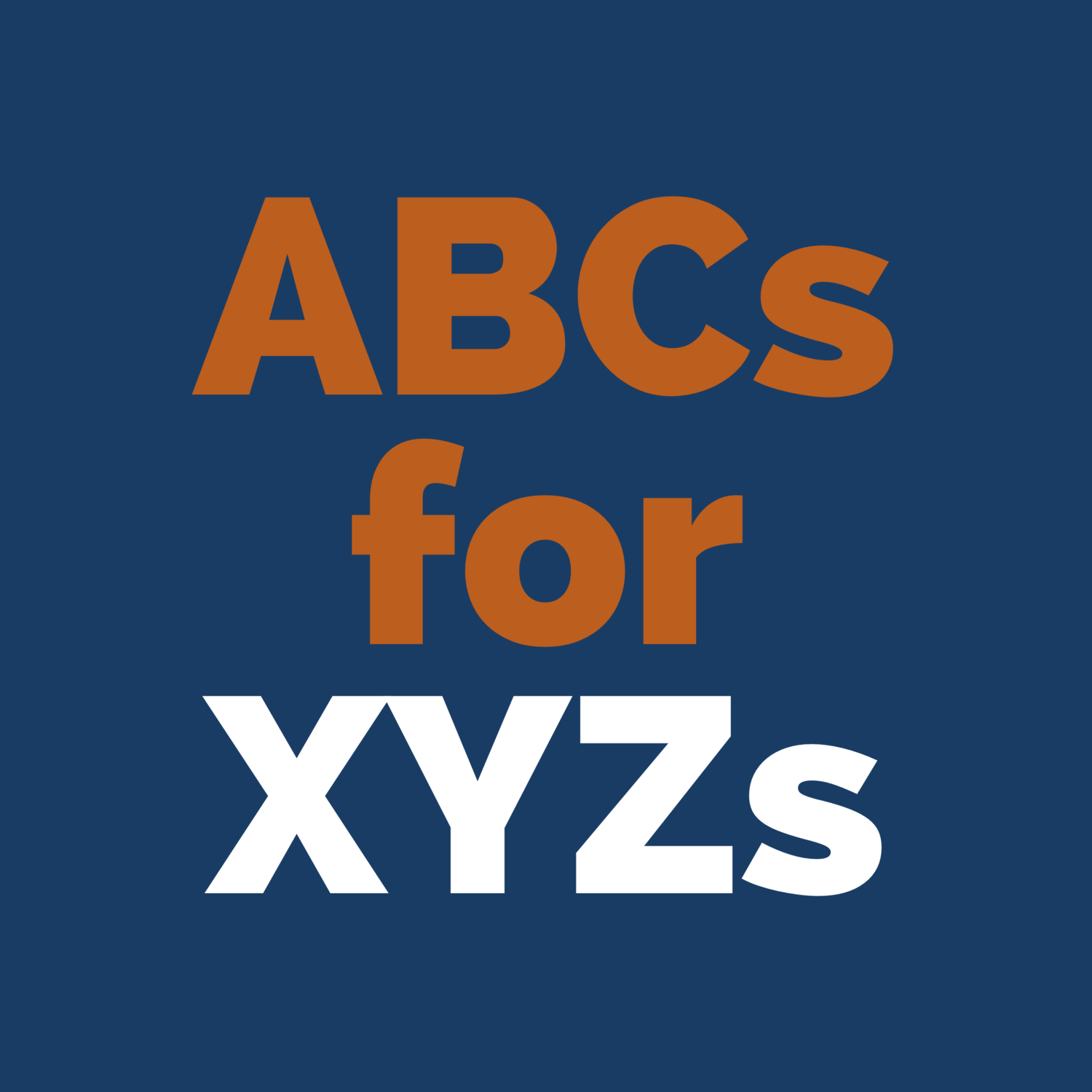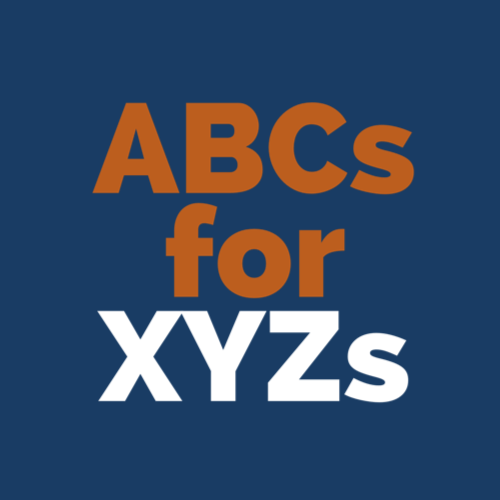Top 3: Job Change
Experiencing a life changing event can feel overwhelming. In this series, we help narrow down your to-do list by focusing on the Top 3 areas for attention and action. Use these guides and make progress as easy as 1, 2, 3.
1. Evaluate benefits of both CURRENT and FUTURE employer
Before giving resignation notice to an employer, review current benefits. This is beneficial for two reasons: first, understanding what you may be leaving behind, such as unused vacation time, bonuses, unvested employer retirement contributions, unvested stock options. Eligibility may influence you to adjust your timeline in order to receive certain benefits. Second, you may be able to leverage this information during negotiations with your future employer. Depending on the benefit at stake, your new employer may offer a salary bump, one-time bonus, or another perk/incentive.
Next, collect and review the benefits package from your new, future employer. Evaluate your options and be mindful of the enrollment window. If you have an employer sponsored retirement plan with a matching benefit, be sure you contribute enough to receive your full employer match!
2. Review insurance coverages and prevent gaps
Gather and review all current employer provided insurance policies, including health, life, disability, long-term care, etc. If there is a gap in coverage while you are in-between jobs, explore options to eliminate the period of risk exposure. It may be possible to continue coverage after separating from your current company (for a fee, of course), so refer to the company benefit package or inquire with a human resource professional. However, you may need to secure independent coverage to ensure you are appropriately protected.
3. Account for your accounts
Collect login information and statements for your current employer accounts – including vested options, stock positions, and retirement accounts. In the excitement and chaos of starting a new job, you want to prevent the possibility of misplacing or losing track of any earned incentives. Separating from an employer is also often an appropriate time to explore other strategies and opportunities that were previously unavailable, such as rolling over your 401(k) into an IRA.








